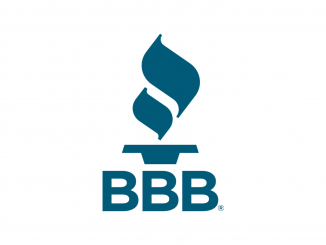
By Kenneth Surbrugg, Director of the Center for Entrepreneurship at Missouri Southern State University
Economics teaches us that market equilibrium is the point where demand equals supply. It is the price point where there is not a shortage or surplus of that particular good or service. Consumers can find a product or service and are willing and able to pay at that price. Meanwhile, producers are willing to sell their product at that same price. Nirvana!
But how does that happen?
In economics, this is displayed in a simple graph where two lines intersect in an X. There is your equilibrium point, and that is easier said than done.
This, to me, is one of the big mysteries of business. And it’s one that many businesses struggle with. At what point can a business price its products where they can sell and make a profit? Is that the price that consumers are willing to pay? How do you know without risking your reputation or livelihood?
For example, I am sure that there are a few beer companies that would be willing to sell you a six-pack of beer for $1,000. And there may be someone out there who would be willing to pay that for the six-pack. But is there enough of a market to make this work at that price? Most likely not. So, you lower the price to attract a larger segment of the market.
On the other hand, I am pretty sure that there are a lot of people out there who would pay $1 for that same six-pack. However, at that price, can the brewer make enough money to stay in business? Most likely not due to capacity limitations and the cost structure of the operation.
So, how does the business owner figure this out? By offering their product at a variety of different prices in several different markets. Based on the feedback from consumers (actual sales), the company then determines a price. That price is set to maximize sales (meet demand) in order to generate profit. In doing this, the company needs to take into consideration the costs of production and other operational expenses of the company.
To an individual, the price may seem too high. Therefore, the individual does not buy the product or service. On the other hand, to someone else, the price seems too good to be true, so they purchase it and continue to buy it again and again.
So, two things are happening. One, the business is getting a better picture of their customers. They are also getting this information over a long period of time. This process, this experiment, is done over an extended period of time to reflect the realities of the market. As costs increase, the business, at some point, is forced to increase their prices as well. As demand falls, businesses drop their prices to attract consumers. If possible, then operations are examined to see where cuts can be made to keep profits positive at this lower selling price. If profits cannot be sustained, then the business either pivots, leaves the market, or ceases to exist.
This is a balancing act — setting a price where you can sell a product or service while still making a profit. And of course, this is a process, so constant attention must be paid to expenses, demand, and consumer tastes and preferences. And who likes to see prices fluctuating every time they visit a business? So, what can you do?
First, a business owner or manager needs to have a good understanding of their business expenses. What is needed to operate your business? What is absolutely necessary to function and keep a motivated workforce?
Second, the business owner or manager needs to have a good understanding of the market in which they operate. Can the business raise prices incrementally and avoid driving their customers away? How sensitive are consumers to an increase in price?
Finally, the business owner or manager needs to have a good sense of the environment in which they operate. In light of this understanding, the management team needs to have a good plan in place to operate into the future as well as a strategy to test the market.
In reality, what appears to be an easy graph on paper is anything but easy. It takes trial and error to figure all of this out. It takes planning, testing, and plenty of listening to get a better understanding of the market. And it takes time. For any business, this is a mystery worth solving as it can mean the difference between success or failure.
As always, keep innovating.








Be the first to comment